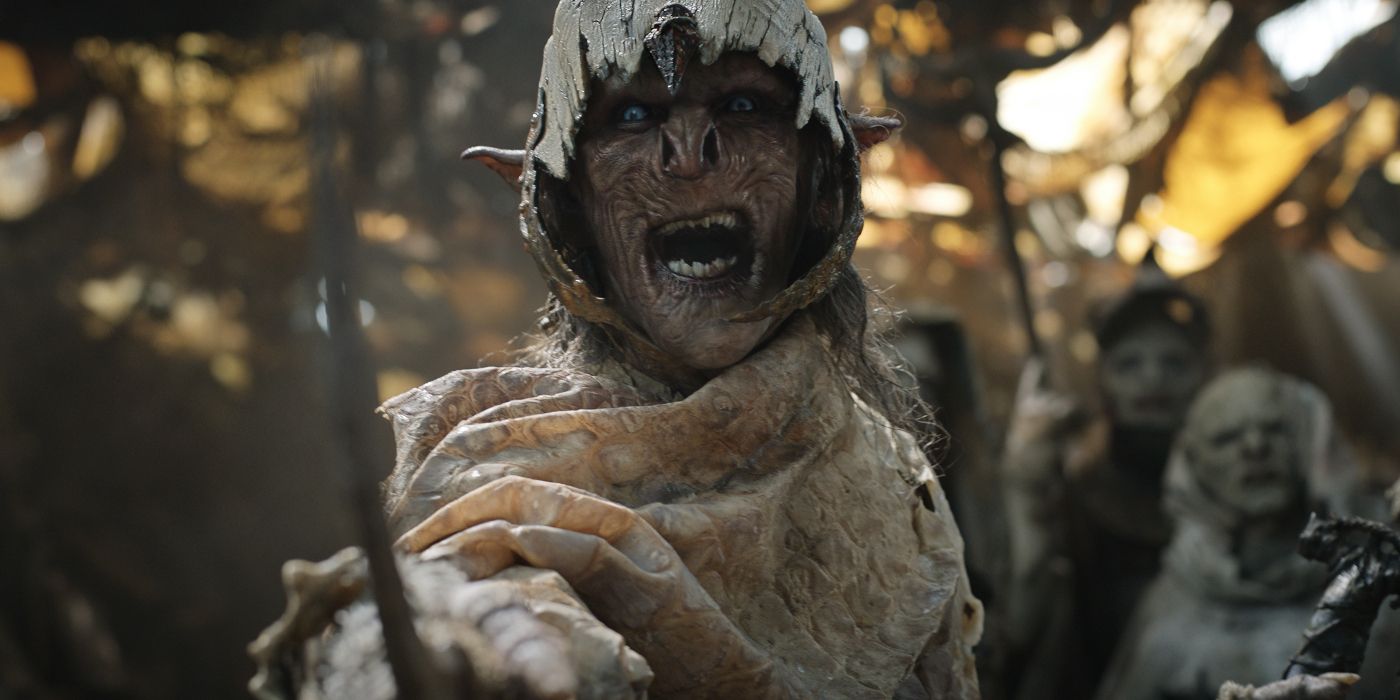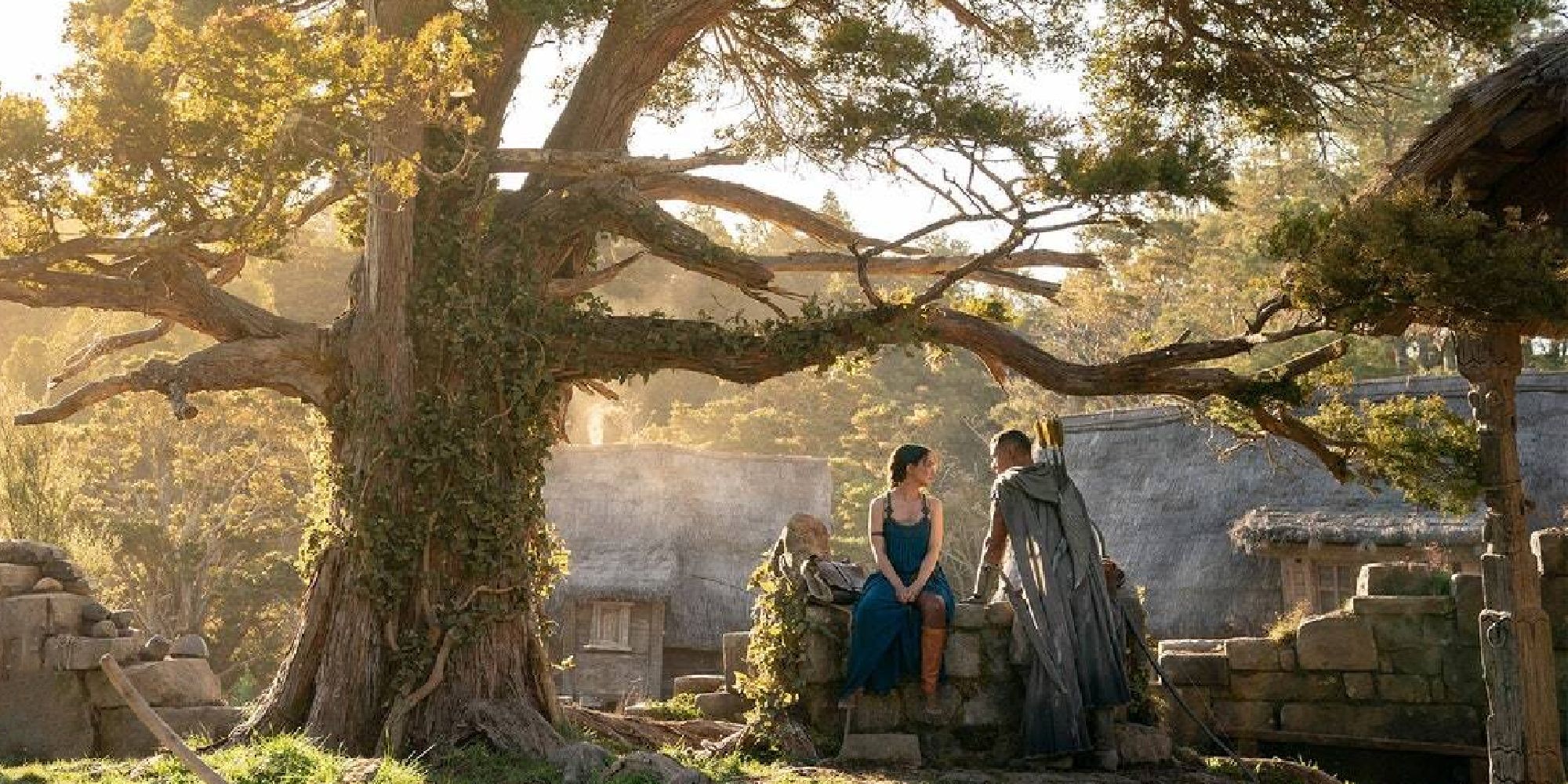As a fan of J. A. Bayona’s films like A Monster Calls, The Orphanage, The Impossible, and Jurassic World: Fallen Kingdom, I had high hopes when he signed on to directed the first two episodes and executive produce The Lord of the Rings: The Rings of Power on Prime Video. But after watching the first two episodes, not only did he exceed my lofty expectations, but he also shattered the baseball like Roy Hobbs in The Natural.
One of the many reasons I was so impressed with his direction is he had to not only make you believe you were back in Middle-earth, but he also had to introduce a number of new characters and make you care about them almost immediately. The fact is, with the amount of incredible content airing on multiple platforms, if you don’t pull people in quickly, they’re likely to watch something else. But like I said, Bayona knocked it out of the park.
Before getting to watch the first two episodes, I spoke to Bayona at a long lead press day for the series. During the interview he talked about how he prepared to direct the series, what people would be surprised to learn about the making of The Rings of Power, and his favorite moment from the Lord of the Rings movies. In addition, we spent a lot of time talking about filming the Sundering Seas sequence, what it meant to show it for the first time in live-action, and why he used natural light.
For a lot more on the Sundering Seas, which includes a number of exclusive behind-the-scenes images, read our exclusive article.
The Lord of the Rings: The Rings of Power premieres worldwide on Prime Video Friday, September 2. Watch what J. A. Bayona had to say in the player above, or you can read our conversation below.
The Lord of the Rings: The Rings of Power stars Morfydd Clark (Galadriel), Rob Aramayo (Elrond), Charlie Vickers (Halbrand), Benjamin Walker (High King Gil-galad) Sara Zwangobani (Marigold Brandyfoot), Charles Edwards (Celebrimbor), Nazanin Boniadi (Bronwyn), Ismael Cruz Córdova (Arondir), Trystan Gravelle (Pharazôn), Cynthia Addai-Robinson (Queen Regent Míriel), Sophia Nomvete (Princess Disa), Markella Kavenagh (Elanor 'Nori' Brandyfoot), Megan Richards (Poppy Proudfellow), Owain Arthur (Prince Durin IV), Daniel Weyman (The Stranger), Maxim Baldry (Isildur), Ema Horvath (Eärien), Lenny Henry (Sadoc Burrows), Tyroe Muhafidin (Theo), Lloyd Owen (Elendil), Dylan Smith (Largo Brandyfoot), and Leon Wadham (Kemen).
COLLIDER: I have ton of questions, but what are you most excited for people to actually see in The Rings of Power?
JA BAYONA: To me, to tell you the truth, I will be very excited if people is as excited again about Middle-earth. Because being such a fun of Tolkien books, I think all the values that you can find in those books are so needed nowadays. So if we can get people excited and go back to the books and read them or discover them, that would be fantastic.
You are making essentially a prequel to Lord of the Rings and The Hobbit. How much did you look at those movies for inspiration as a visual guide? And how much are you sort of saying, "Well, this is happening so much before that time, we need to do something completely different."?
BAYONA: Yeah, totally. You know what, when I think about the Peter Jackson movies, the thing I love and the thing that I admire the most is how great he was in capturing Tolkien's spirit. So at the end, it's all about going to the source material and go to the books. So this is what I did.
I went back to the books, I read them again, and everything is in there. You can tell how cinematic Tolkien was when, the way he portrays the landscape reflects the mood of the characters. That's the kind of style that I love. When I shoot a movie, I try all the time to enhance the story with visual elements and that sense of beauty.
For example, from the very beginning, I knew that the cinematographer I always work with was perfect because he loves beauty as much as you can see when you read Tolkien's books. And from the moment you choose the cinematographer, that you are defining the style of the show. So basically, it was going back to the, to the books and try to understand them and how they will translate visually. And exactly, as you said, it's a very different time period. So you really need to go back to those places, but you will see them in a very different way.
For fans of Lord of the Rings, what do you think will surprise people to learn about the actual making of The Rings of Power?
BAYONA: What I think is very exciting is that you don't know really the story. Because from the appendices, we have the main events. And in that sense, you have the impression that you are working in something solid that is faithful to the spirit of Tolkien, because Tolkien designed it himself. But then you have the storylines that feel new and fresh. And in that sense, it was exciting.
I think what I really like about what Patrick and JD pitched me about the whole five seasons was the complexity, that things are not black and white. There's lots of gray areas. In that sense, it's closer to Lord of the Rings, not The Hobbit. It feels more mature.
How would you describe the scale and scope of the series?
BAYONA: Well, it's like when you read the books again. I mean, that sense of beauty, this sense of epic that you have. The way he portrays the landscape, we try to get the biggest canvas possible. So we use the Cinemascope in order to get that same sense of epic that you have when you read the books. It's a very ambitious show, but it's the biggest monumental feat in literature in the 20th century. So I think that I'm grateful that Amazon really had the ambition to put all those resources in order to give the audience what they are expecting.
Do you have a favorite moment from the original trilogy?
BAYONA: In the movies, or the books?
In the movies.
BAYONA: I think there's a very beautiful moment when at the end of Return of the King, everybody kneels in front of the hobbits and the camera kneels in front of them. So Peter Jackson, basically what he did is the whole world to knee in front of the hobbits. I think that was beautiful.
That's one of my favorite moments in all the movies, but it's interesting how you point out that the camera went down as well. That is a director talking.
BAYONA: Exactly. No, and to me that was the kind of approach that I had with Patrick and JD. The thing is that if you think about Tolkien, the basics of his universe was the language. So he created characters coming from the language. So he created elves before the elves, and then he created the worlds where these elves were living.
To me as a director, it's also about the language. So if I have a good understanding of the story and the characters, I know where to place the camera. And there's only one possible position for the camera in order to reflect the psychology of the characters and the moment you are portraying. So to me, there's not a difference between making a TV show or a movie. And in that sense, I rely on my language, which is not based on words, but more on the camera.
I'm going to jump into some stuff on the Sundering Seas. How much of the Sundering Seas sequence was practical and how much was added via VFX?
BAYONA: We had a huge water tank, huge, and it was very, very, very hard to work. It's always very hard to work in the water, to communicate with the actors. They were so far away from the video village. It was a huge, huge set.
One of the things that I noticed looking at the pictures was you used ... The tank head walls, but you were using natural light to light the actors. And I think that is going to make the sequence look so much better because you're not faking the light. They're really on the water. Can you sort of talk about why you wanted the natural light in the scene?
BAYONA: Well, you need to thank Oscar Faura, the cinematographer. That was his fight. So he was trying to convince everybody that we needed to shoot with natural light, especially. If you finally extend ... We did a lot of that in The Impossible, when we shot The Impossible. If you extend the set, it's very difficult if you work indoors, because you cannot match the light from the outside with the inside, the artificial light, with the light that we had on the studio.
So he fights a lot. And actually, we design a water tank, made in the outside that was supposed to be functioning, not only for daytime, but also for nighttime. So we had to cover that with huge tanks. It was a massive endeavor, but it definitely, it delivers, it pays off. When you see the scenes, you will see how beautiful they are.
How long did it actually take you to film the sequence?
BAYONA: We spent a long time in the water. There were several sequences shot in the Sundering Seas. Yeah. I think we have four or five sequences in there. And it took us probably around two weeks, three weeks, two weeks.
But what's the biggest feeling you want the audience to take away from, in terms of the Sundering Seas, beyond being able to glimpse this never before scene location for the first time?
BAYONA: I really like the idea of ... The landscape is so symbolic in Tolkien, when you read his books. So you find this character that is Galadriel is so lost at the beginning of our story, and you will find them in the center of the Sundering Seas. And there are some surprises in there, I don't want to spoil any of them, but some things are moving in the underneath in there. And it's fun. It's a lot of fun, but it reflects the psychology of the moment. It reflects where the character is and what the situation is, not only in that, but in general.
I know you're a huge Lord of the Rings fan, and I know you love Tolkien. What did it mean to you to be able to bring this location to life for the first time?
BAYONA: To me, it's pure joy, because I share with Tolkien the same idea of fantasy and how fantasy can portray reality better than reality itself. Sometimes it's difficult for us to recognize things if we have them right in front of us, and you need some distance. And I think fantasy gives you that distance. It's kind of like a deformed mirror where you can see yourself better. And in that sense, I love that idea of fantasy because there's always a psychology involved in it. It refers to a real feeling and a real emotion. And in that sense, feels very truthful. It feels very, very, very real.
You mentioned it a second ago, but what can you tease about what hypothetically could be in the water?
BAYONA: Next question.
I'll leave it alone.
BAYONA: Those sequences, we enjoy them a lot. I think people will find what they are expecting, hopefully.
One of the things that I'm getting the vibe on is that this wasn't really like making a TV show at all. Making this series was making like an eight-hour movie. Is that the case?
BAYONA: Yeah, totally. That's what I was referring when I talked to Patrick and JD, that to me, it was all about bringing the cinematic kind of style that we love from the movies to the television. And I think television is evolving a lot right now. It's not the same television that we used to see when we were kids. And it's getting more close ... It's closer to the movies.
When you talk about with the Sundering Seas and you built this outdoor stage, if you will, how much debate was going on behind the scenes in terms of, "Can we afford to build this for just a few sequences?" What is it like trying to negotiate with your line producer and with the production and where you want to spend money?
BAYONA: Well, we had this money, and we had to measure that it would ... They mention all the time about how big is a production, but we had a limit. So at the end, it's about measuring your resources.
We had a long section of episode two and part of episode one in the Sundering Seas. So it was worth it at the end to spend the money in there. But always, it's all a negotiation all the time. You have a limit, and it's good to have a limit. Because if you don't have a limit, it is then when you get lost.
Well, I have also spoken to a lot of filmmakers, and they say, once you reach the wall, you become so much more resourceful on how to climb the wall.
BAYONA: Exactly. Yeah. And when you know your limitation, it's a lot easier to design the work, to have a plan.
What was actually the hardest part of filming the Sundering Seas sequences?
BAYONA: I mean, it's always very hard to work on the water, in the water, Everything is so slow, to move the actors, to talk to them, the light, the way you need to measure the light to match with the post-production. Everything has to be attached. You cannot have the actors on top of a raft moving around. And if you want to move the raft, then it takes some time to put it in the position that you want. So everything becomes so slow that it makes your work a lot harder than being in a normal stage.
What was it like for you in the editing room? When you start looking at the footage from the Sundering Seas, were you immediately like, "Oh my God, this was so worth it."? What was it like editing that stuff?
BAYONA: Well, the thing is that the set was so big, that the material that we got in the editorial didn't need that much of post-production. There were some effects added, but they were more about adding mist and things like that. And that's very helpful. When in your screen, you have all the information that you need, makes your work a lot easier.
What cameras did you end up using to film your episodes and why?
BAYONA: We were using the same cameras, but the thing is that you need to protect them. Because if they get wet, then we will have a problem. So we are using all these carcasses that protects the camera, and they are very, very heavy, big. Again, makes your work very slow. And there were different kinds of carcasses. So there was those ones that were able to get into the water, the ones that were able to get a little wet, but not much. And then the cameras that were not able to get into the water. So it's all like a big puzzle, and you need to have a very good plan in order to keep the shoot moving fast.
Is it one of these things where, when you're filming a sequence like that, you are using like five cameras or three cameras? How many cameras do you like to shoot with when you're doing a water sequence like that?
BAYONA: In general, I normally like to work with one camera. To me, there's the main shot. And sometimes I get a secondary shot, maybe a third, but never more than that. And these shots, normally, it's just because if we get something interesting, we will use them. But to me, it's basically all about the main camera.
I saw in the pictures that you guys were using these almost cranes to make the waves. And can you sort of talk about making fake waves and how you did that?
BAYONA: Yeah, actually I remember the first time we were testing them. They look fantastic. And we have these giant vehicles that were able to push the water and increase the level. And we were able to play with different sizes of the waves, and it looked fantastic. I was very, very surprised that we shot the nighttime scenes during daytime. And they look fantastic.
Playing with my telephone, I was able to look at it. We shot a huge storm in the water, and you will be very surprised when you'll see it, because that was shot during the daytime.
One of the things I'm curious, you've obviously been directing for a long time, can you talk a little bit about how VFX has come along over the last, say five years and any new things that have happened that have helped you as a storyteller to be able to tell your stories?
BAYONA: Well, I mean, in the last years ... I mean, you can do everything with visual effects right now. I mean, if you can imagine, you can do it. The thing is that what are you looking for with that visual effect? Is not to just rely on the visual effects. Why? What are you trying to tell? What is the story you're trying to tell with the visual effects. And in the last years, there were a lot of different tools that had, that has that gave us a lot of help in trying to ... especially to pre-visualize the stories. But for example, I'm going to tell you an example. There is a lot of motion control shots, because we need to play with the scale, different scales between characters in the same shot.
So one of the things that I mentioned to the visual effects guys is that one of the things that I don't like about the motion control shots is that they are so smooth, that they feel mechanic. They feel rigid. I recognize when I see a movie, when it's a motion control shot, because the camera moves always in this kind of way that I can recognize.
And I ask the visual effects guys, "Can we do a motion control shot, but with a handheld camera?" And they say, "No, but maybe we can invent something." And three weeks after that, they came to me and said, "Well, this is your camera. You can move it and then the camera will replicate the same movement that you did." And I was like, "Wow." That was fantastic.
What is it like to edit a series like this? Is it like editing a feature film in terms of the amount of time?
BAYONA: Well, in this case, we had to stop for COVID. Halfway through the shoot, we stopped for COVID. And that gave us six months to be working in the edit, not of the whole two episodes, but half of it. And that was a good relief. Because when you work on television, you have very limited time to deliver the cut. But that gave us an extra time. That was very helpful for the process.
For more on The Rings of Power
- How 'Rings of Power' Ties Into 'The Lord of the Rings'
- 'Lord of the Rings: The Rings of Power' Cast on the Scale and Scope of the Prime Video Series
- ‘The Rings of Power’: Nazanin Boniadi and Ismael Cruz Córdova on Why J. R. R. Tolkien’s Words Have Stood the Test of Time
- 'The Lord of the Rings: The Rings of Power' Trailer Breakdown: More Easter Eggs and Uncertainties
- How 'The Lord of the Rings: The Rings of Power' Brought the Legendary Sundering Seas to Life
- Benjamin Walker Talks ‘The Rings of Power’ and His Favorite Moment in the ‘Lord of the Rings’ Movies

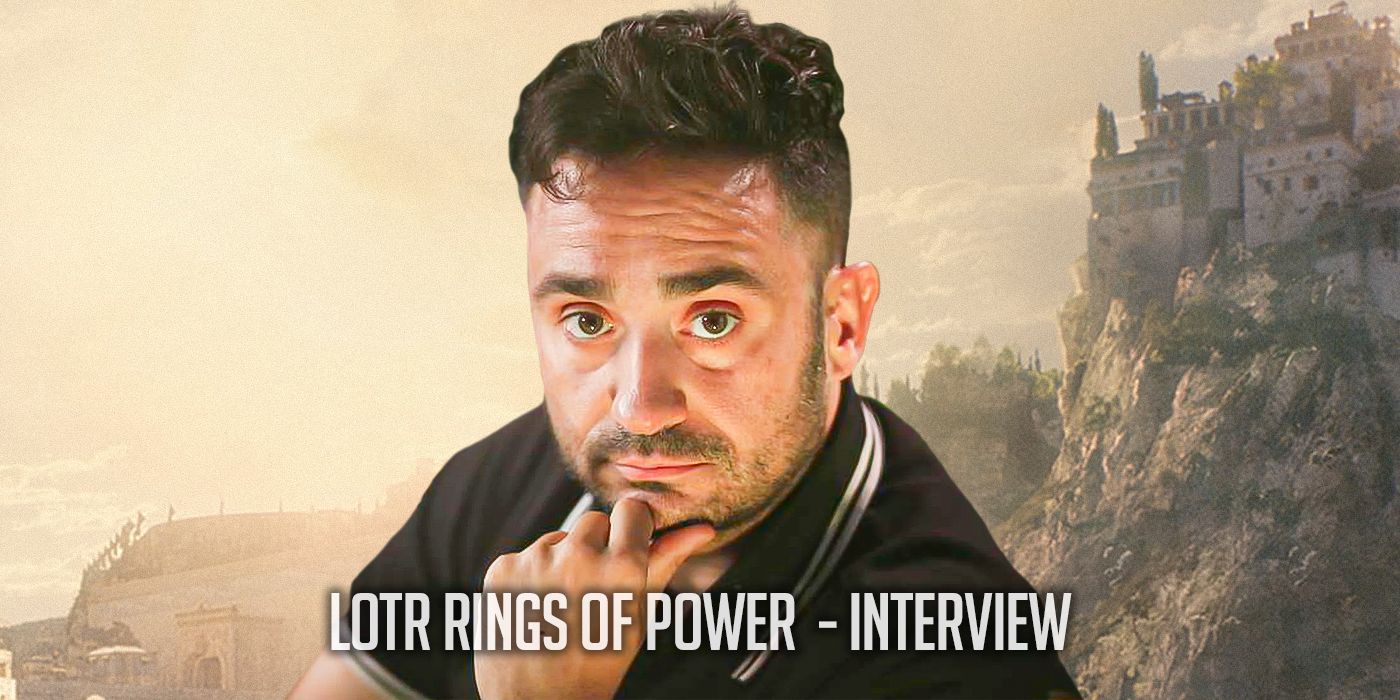
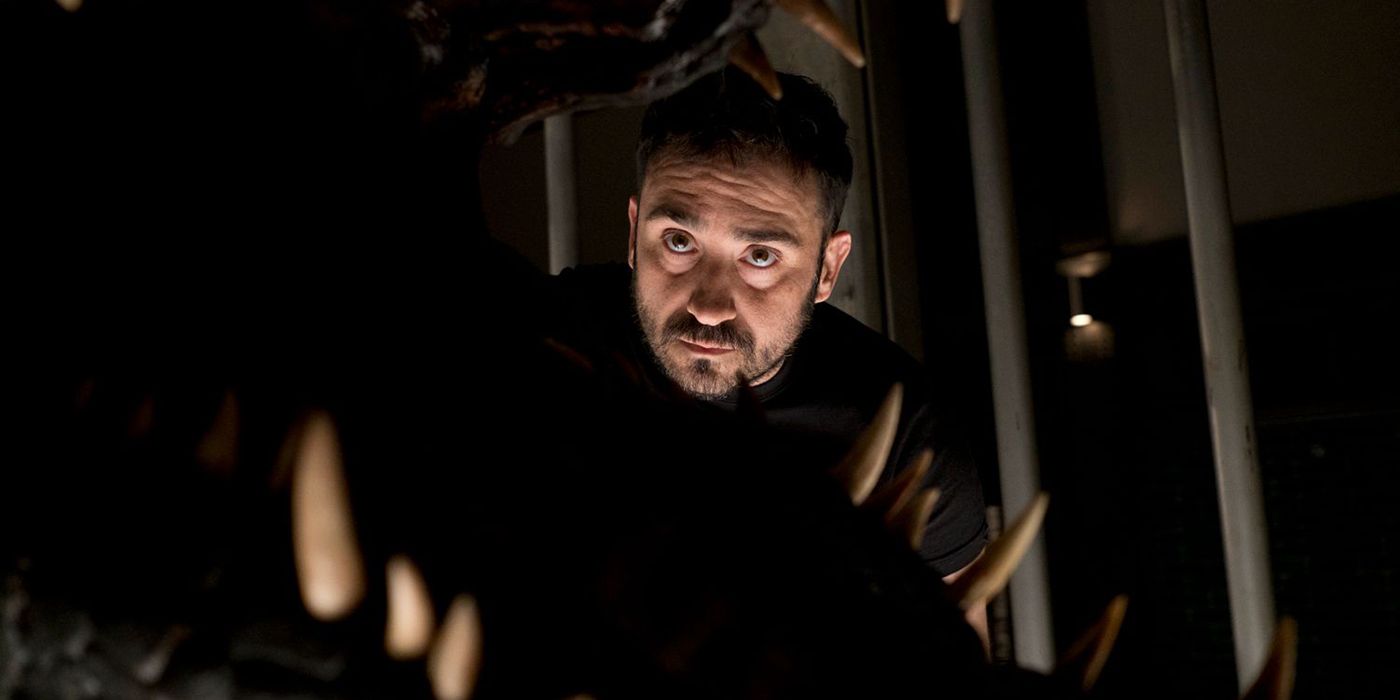
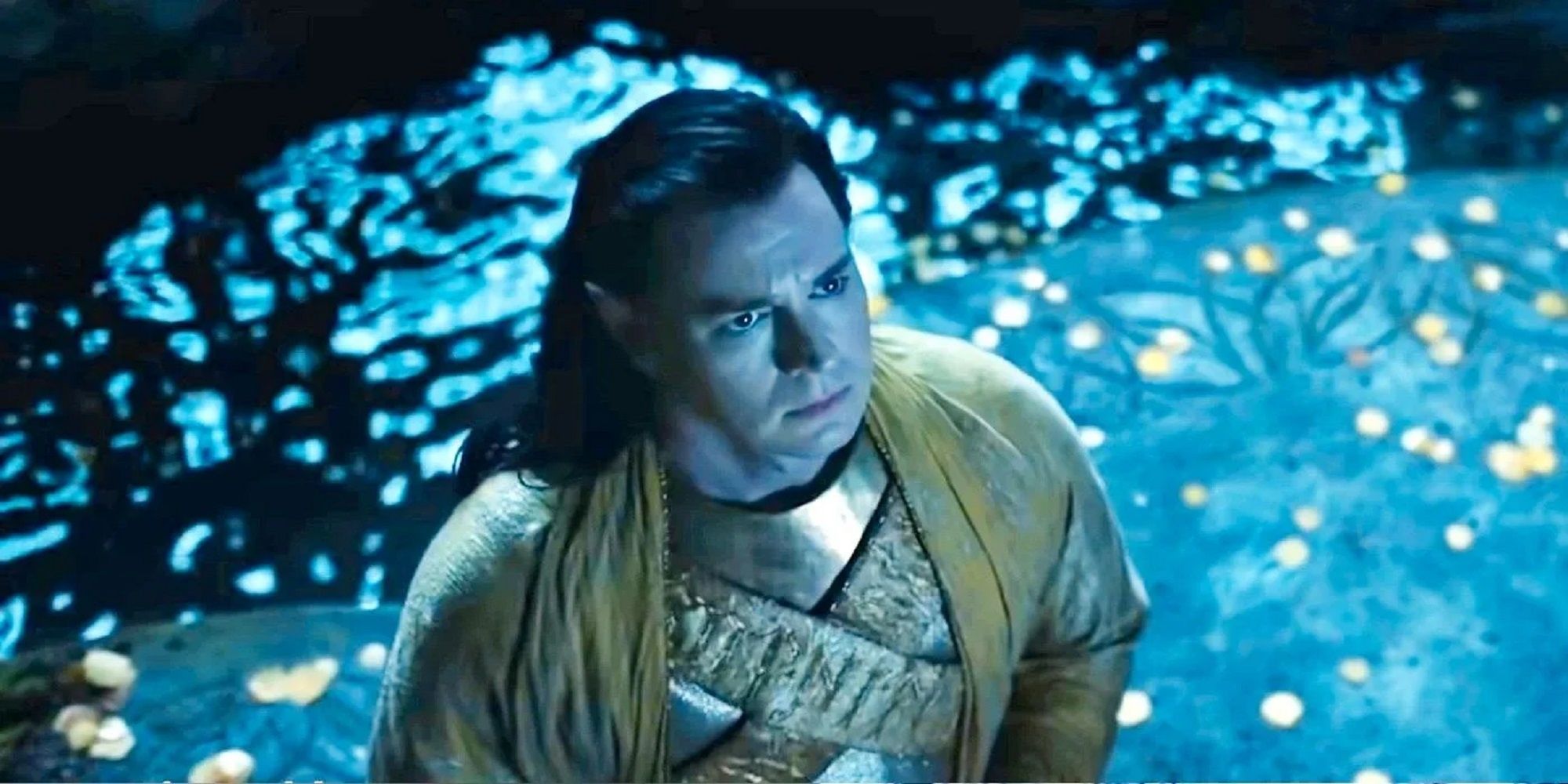
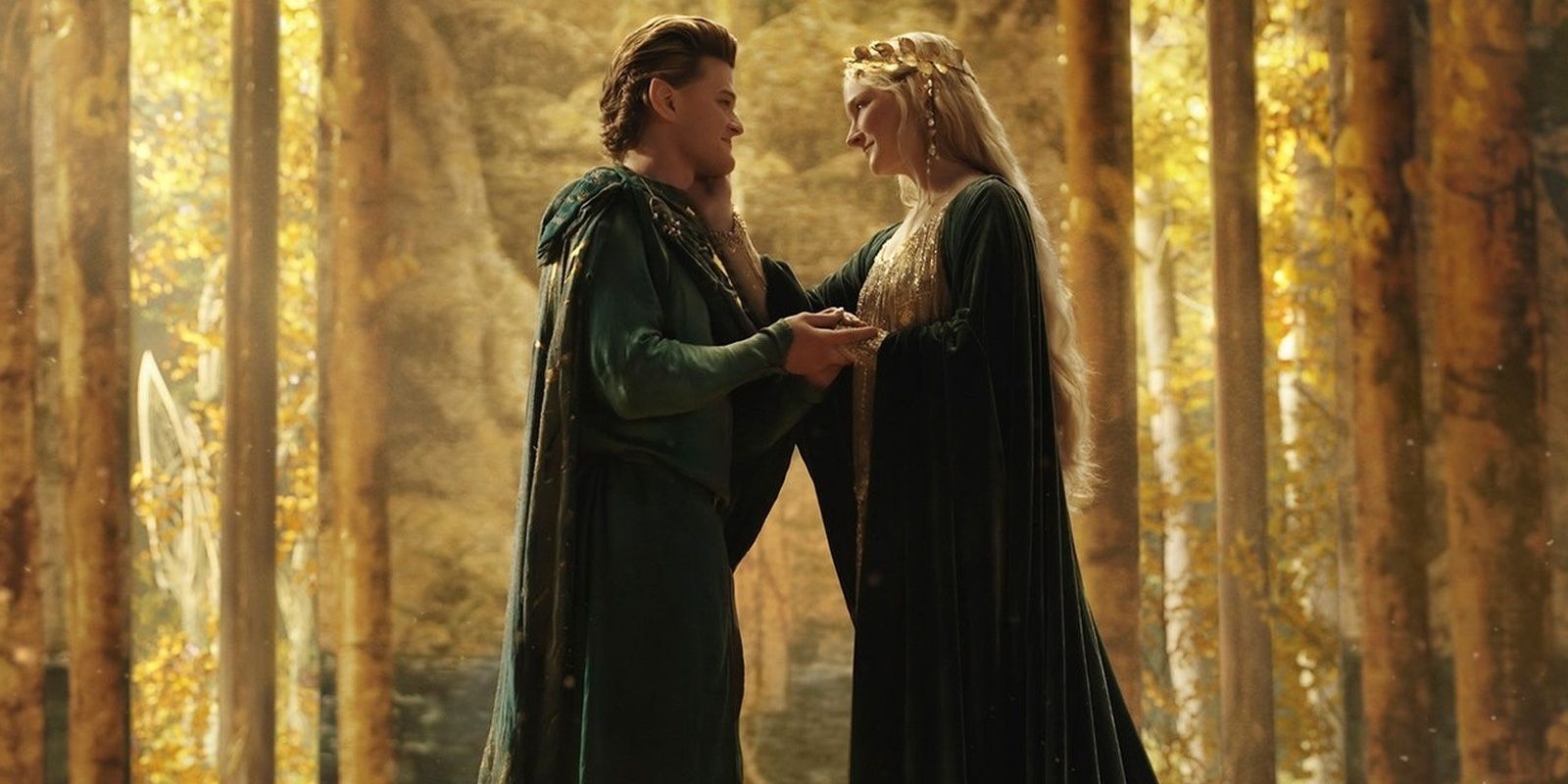
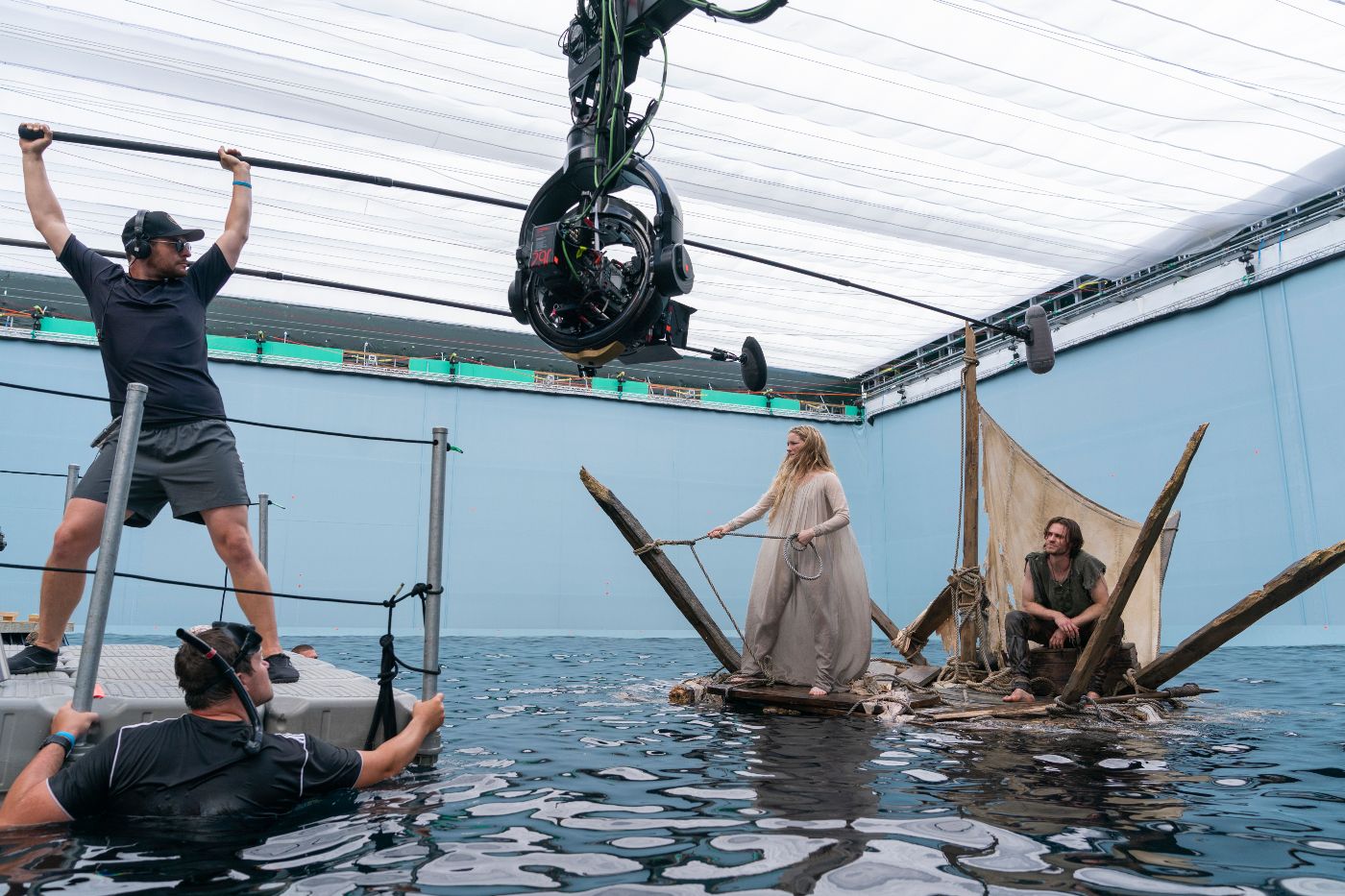
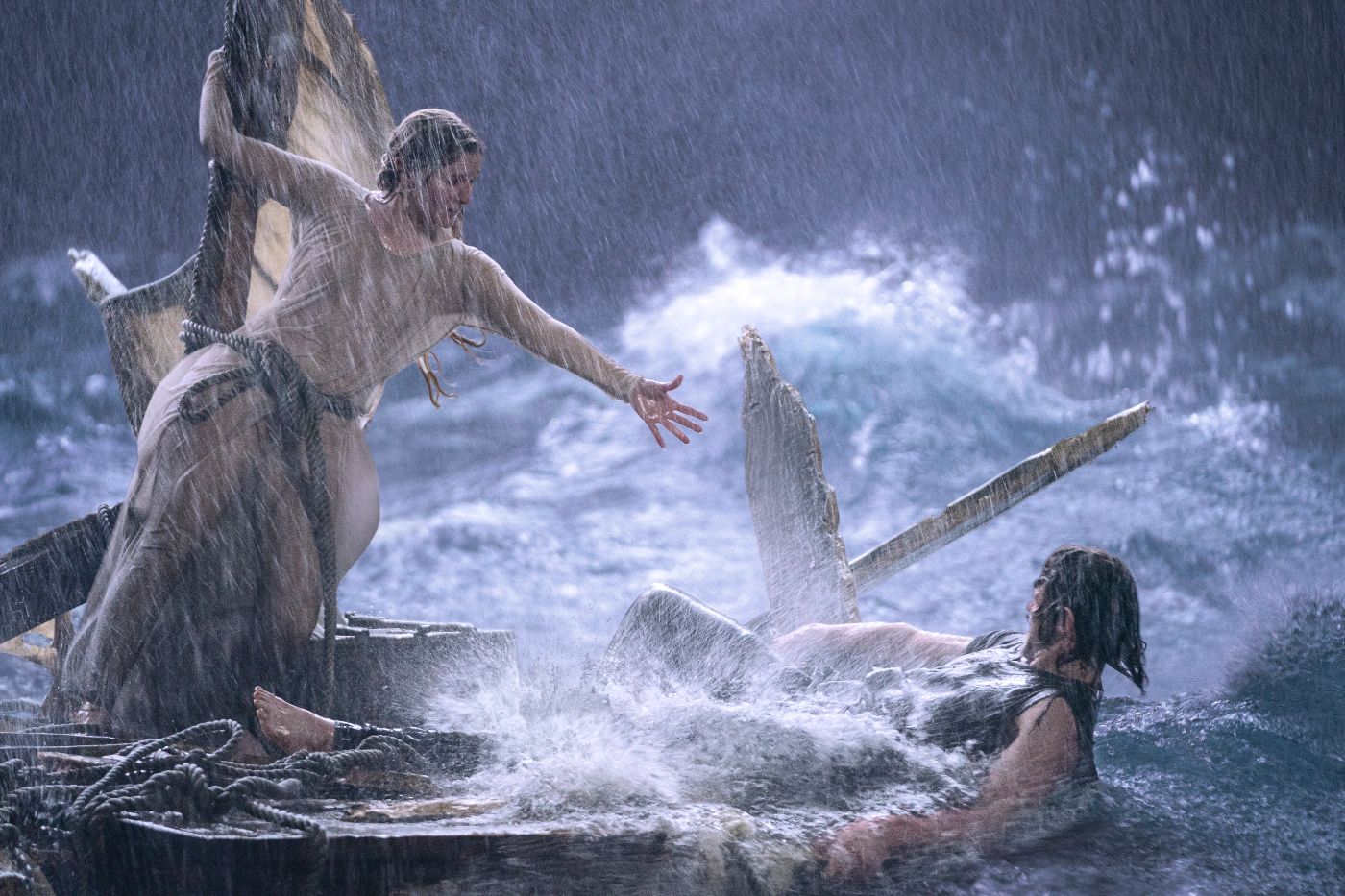
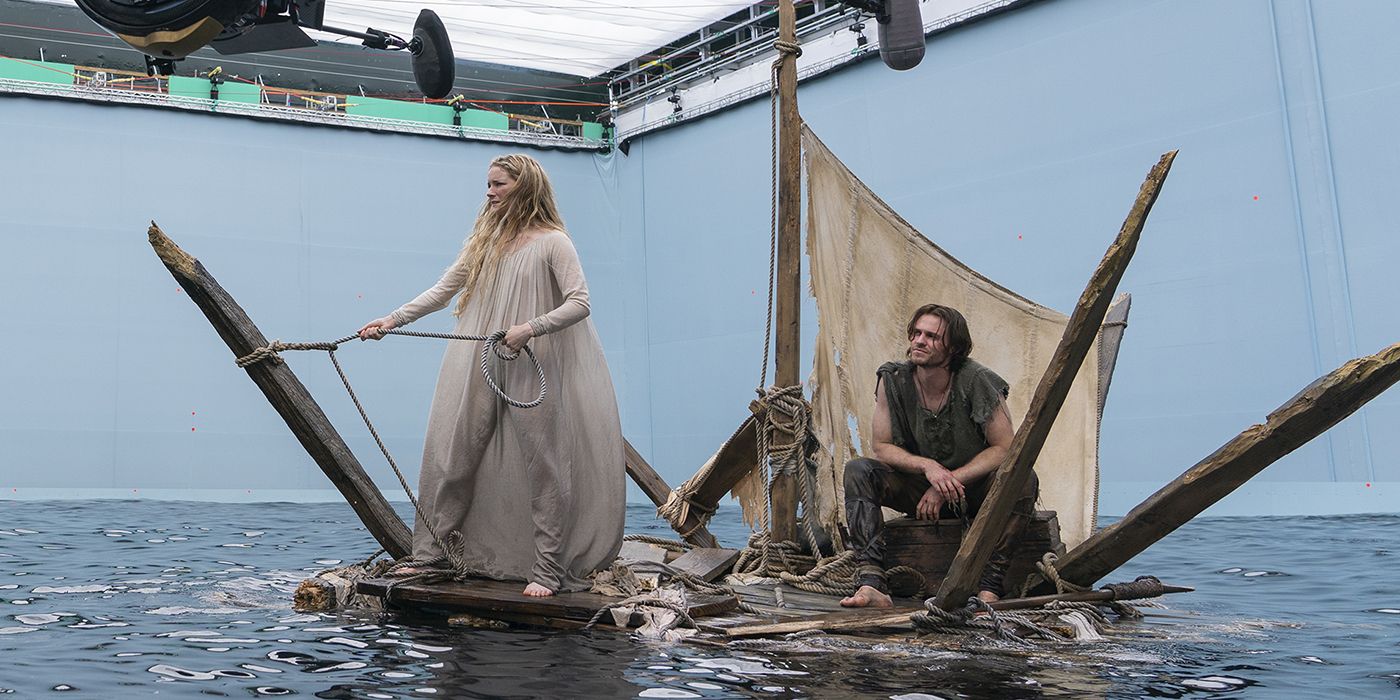
.webp)
